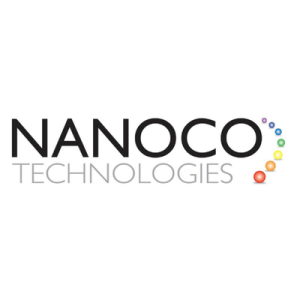Quantum dots, the tiny semiconductor particles that are only a few nanometers in size, have been making waves in the world of science and technology for their remarkable properties and potential applications. These minuscule particles possess unique optical and electronic properties that are not found in their bulk material counterparts, making them a promising candidate for a wide range of technological innovations.
One of the most notable features of quantum dots is their ability to emit light in a highly controlled manner. When excited by an external energy source, such as ultraviolet light or an electric current, quantum dots emit light of a specific color. The color of the emitted light is determined by the size of the quantum dot, with smaller dots emitting shorter wavelengths (bluer light) and larger dots emitting longer wavelengths (redder light). This tunable emission property has opened up a world of possibilities for the development of new display technologies.
Nanoco Group PLC (LON:NANO) leads the world in the research, development and large-scale manufacture of heavy metal-free nanomaterials for use in displays, lighting, vertical farming, solar energy and bio-imaging.


